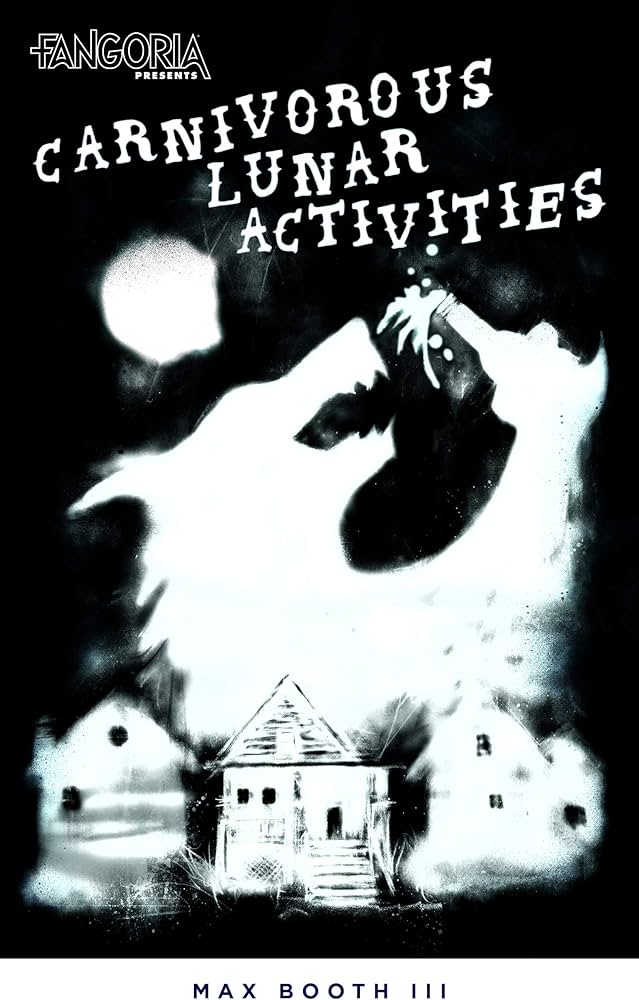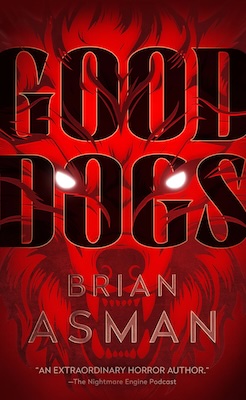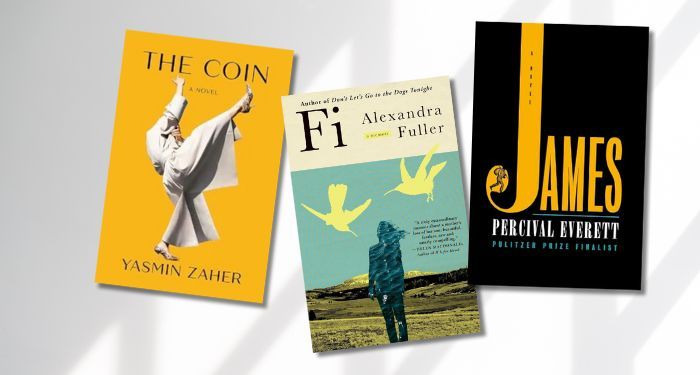Growing up as a monster kid, Dracula, Frankenstein, and the Wolf Man were basically the big three, the unholy trinity of spookiness. I tore through Stoker and Shelley, but wondered why there wasn’t an equally-iconic fictional take on the werewolf. Sure, there were the great Universal films—Frankenstein Meets the Wolf Man is a yearly rewatch—but back in the early ‘90s, my local library’s shelves seemed relatively bare of werewolf fiction, with a handful of exceptions like Stephen King’s Cycle of the Werewolf.
You would think there’d be more, right? The werewolf archetype is an iconic monster for a reason and plays on our basest fears in a unique way. What if the people closest to us are secretly monsters, ready to tear us apart (anyone who grew up with an alcoholic parent is probably nodding along right now)? And conversely, what if we’re harboring a monstrous nature underneath our own exteriors? What if, deep down, there’s something horrible inside us, just waiting to take control? To do beastly thing with our bodies, once a month, and all we can do is bear witness to the aftermath. Don’t we all worry, despite our best intentions, we might inadvertently hurt our loved ones, our partners, our children? That our own monsters, whatever they might be, could get the better of us?
One thing that’s always motivated me creatively is that old adage, write the books you want to read. My upcoming novel, Good Dogs, is my attempt at doing something new and interesting with one of our most iconic monsters. Of late, slashers have been enjoying a real renaissance thanks to writers like Stephen Graham Jones (I Was a Teenage Slasher, Lake Witch Trilogy) and Brian McAuley (Curse of the Reaper, Candy Cain Kills). I’ve always loved a good slasher tale, so with Good Dogs I combined the tropes: a group of werewolves goes off to the woods to hunt in peace, until a mysterious killer starts picking them off one by one.
While writing my novel, I took a deep dive into lycanthropic literature, and there’s way more fascinating books out there than there used to be. Here are some books you can really sink your teeth into!

Thor by Wayne Smith
Released in 1994, Wayne Smith’s Thor is a preeminent classic of the genre. Told from the point of view of a family’s German Shepherd, Thor, the book details the schism caused by the arrival of Uncle Ted, who raises Thor’s hackles and soon reveals himself to be a very bad dog. The book’s unique POV helps cement its status as a genre classic. It was also adapted for film in the 1994’s Bad Moon.
When We Were Animals by Joshua Gaylord
For another inventive take on the werewolf mythos, look no further than Joshua Gaylord’s 2015 Shirley Jackson-nominated novel When We Were Animals (which sounds kinda like a Killers song, doesn’t it?). WWWA centers on Lumen Fowler, a teenage girl growing up in a midwestern town with a very odd tradition: when its children come of age, for one year, they turn feral during the full moon. While the children don’t turn into wolves, their inner bestial natures reveal themselves, providing for a unique commentary on puberty, tradition, and familial secrets.
Such Sharp Teeth by Rachel Harrison
The premise starts like a Hallmark movie—high-powered NYC executive comes home to the small town where she grew up and falls for a local contractor—but our intrepid C-suiter falls victim to a werewolf bite within the first few pages. Combining body horror and personal trauma with some humorous flourishes, Such Sharp Teeth flips the script on both lycanthropy and the aforementioned Hallmark build, delivering a heartfelt, compulsively readable novel.
The Howling by Gary Brandner
Adapted into the 1981 Joe Dante movie of the same name, Gary Brandner’s The Howling shares some elements with the film but is entirely its own beast. After surviving a horrific attack, Los Angelenos Karyn and Roy Beatty decamp for the mountain hamlet of Drago in search of some good, old-fashioned small town peace and quiet. But in typical horror fashion, all isn’t as it seems! Something’s howling in the woods, Roy’s having an affair, and Karyn’s trapped in the mountains with a pack of werewolves. Spawning two book sequels as well as a film franchise, Brandner’s The Howling is easily one of the most iconic works in the subgenre.

Carnivorous Lunar Activities by Max Booth III
Named after a quote from the 1981 classic An American Werewolf in London, Carnivorous Lunar Activities is an offbeat horror comedy perfect for fans of Kevin Smith movies. When Ted’s old friend Justin thinks he’s turning into a werewolf and wants Ted to kill him. Is Justin crazy? As the clock ticks closer to midnight, Ted’s going to have to make a decision. Filled with whip-smart dialogue, Carnivorous is a compelling story about the nature of friendships and how they wax and wane.
Bishop by Candace Nola
After a mother and daughter go missing in the Alaskan wilderness, the woman’s brother, Troy Spencer, sets out in search of them. This one’s got it all—an eye-popping setting, mystery/thriller elements, mysterious outsiders, and monster-on-monster action. If you enjoyed True Detective: Night Country, Nola’s novel is a perfect followup, combining polar wilderness and supernatural elements with a fast-paced plot.
Mongrels by Stephen Graham Jones
Perhaps the preeminent modern werewolf novel, Mongrels is a coming-of-age story about a family of itinerant werewolves, societal outcasts who drive “werewolf cars” and guzzle wine coolers and always pee outside the backdoor. Like several of the other contemporary takes, Jones puts his own spin on the mythos. Did you know french fries are the lycanthrope’s Achilles heel? At once realistic, grounded and moving, with liberal splashes of humor and an off-kilter POV that holds concepts like identity and family up to a fun house mirror, Mongrels is a can’t-miss read.
The post 7 Howlingly Good Werewolf Books appeared first on Electric Literature.












 Bengali (Bangladesh) ·
Bengali (Bangladesh) ·  English (United States) ·
English (United States) ·